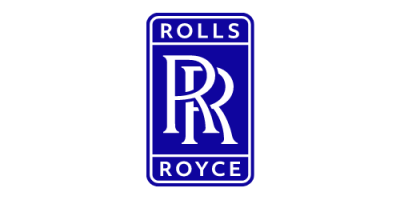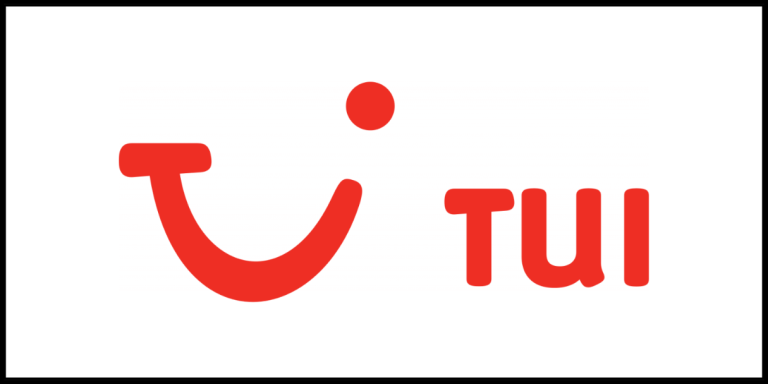
Content Menu
Your Non-STEM Degree Is Your Superpower for Breaking into Tech
I’m Amanda Mandiki, a software engineer at BT. My tech journey kicked off during the pandemic in my final year of university while I was studying Psychology (yep, I made a major plot twist!). My first coding adventure began with Code First Girls, and let’s just say, I was hooked from the first line of code! Now, I’m all about the tech world, with a special love for front-end development.
One of the most common questions I’m asked (and I’m not alone in hearing this) is “How did you get into tech?” For many, the answer is straightforward – a computer science (CS) degree. About 75% of tech professionals come from a traditional CS background. Whereas, the other 25% have taken a different path, leveraging non-tech degrees to break into the industry. If you belong to this minority and want to learn how to leverage your background to your advantage, you’re in the right place!
Debunking myths about jobs in tech
Breaking into a tech career is already daunting but what can make it even more so is the myths surrounding kickstarting your career. Let’s debunk a few common myths that might be deterring you from taking the leap.
“A computer science degree is a requirement in a tech job!”
While a computer science (CS) degree provides foundational concepts that can help in understanding technical subjects, it is not a necessity. Recent findings indicate that recruiters are increasingly prioritising core skills over degrees when making hiring decisions.
Additionally, 48% of students entering tech roles do not have a background in CS, which is particularly evident among web developers. This showcases that your degree does not define and set a single career path, but instead allows you to transfer skills and create endless opportunities.
48% of students entering tech roles do not have a background in Computer Science
“You must know how to code”
The tech industry is large and over 50% roles in tech are not technical and do not require any level of coding. A few examples to state, UI/UX design, project management, cybersecurity, and even tech sales. While these roles may involve understanding technical concepts, they do not require hands-on coding.
For those pursuing coding-based tech careers, mastering the fundamentals of programming is often enough to get started. Many technical skills can be learned on the job, so an extensive coding background isn’t always necessary. For more insights, take a read of how one of our CFG ambassadors landed a tech role without a STEM degree!
“I have to be a Science or Maths genius to get into Tech”
You don’t need to be a science or maths genius to succeed in tech – problem-solving is the real key. Every field applies problem-solving differently: artists think creatively about design and user experience, social scientists analyse patterns to see the bigger picture, and business professionals make strategic decisions.
In tech, problem-solving can mean debugging code, optimising systems, or improving user experiences. It’s also a skill you can develop—whether through Leet Code-style questions, real-world projects, or simply tackling challenges with a growth mindset. With practice and persistence, anyone can build the problem-solving skills needed for a successful tech career.
Why you don’t need a STEM degree for a job in tech
Employers value individuals who bring fresh perspectives and diverse ways of thinking to a role. Being able to leverage your degree (STEM or non-STEM) with a different thinking pattern can drive innovation and creativity in a team.
Not only that, but non-STEM degrees often have the advantage of more highly developed human-centred skills – qualities that are increasingly sought after in the workplace. As career paths become more fluid, it’s predicted that people will transition across multiple industries throughout their professional lives, making adaptable core skills more valuable than ever.
With the way things are moving in the world, it is considerably less important to have a degree to get into a professional career. Specifically with AI exponentially growing and becoming more popular, employers need individuals who can fill the gaps of AI (e.g. creativity, empathy, critical thinking, negotiation, and leadership). While technical expertise remains valuable, these soft skills that are gained in a non-stem degree are crucial to adapting to fast-paced changes and solving complex problems, especially in the era of AI.
With the way things are moving in the world, it is considerably less important to have a degree to get into a professional career. Specifically with AI exponentially growing and becoming more popular, employers need individuals who can fill the gaps of AI.
How my Pyschology degree helped me to excel in tech
Reflecting on my journey, my Psychology degree has been invaluable in two key ways:
Communication & Collaboration
One of the biggest advantages I’ve gained from my Psychology degree is the ability to communicate effectively, whether explaining complex concepts to non-technical stakeholders or presenting my work during sprint reviews. My background in structuring arguments and delivering clear, concise information has made these interactions smoother and more impactful.
I’ve also co-led sprint retrospectives with a peer, where I learned the importance of open communication and collaboration within the team. Using the skills I gained from my degree, like active listening and empathy, has allowed me to navigate difficult conversations and ensure that everyone feels heard. In tech, where teamwork is essential, these skills have been as valuable as any technical knowledge in building a cohesive, effective team.
Attention to Detail & Front-end Development
In my role as a front-end developer, I’ve had the opportunity to work closely with our UI/UX designer to translate design concepts into functional, user-friendly interfaces. One of the most valuable skills my Psychology degree has provided me is the ability to notice the smallest design details such as things like spacing, typography, and colour choices, and ask critical questions about them.
Being able to question design decisions and understand the reasoning behind them is incredibly important in creating a cohesive and intuitive user experience. Psychology has taught me to recognise patterns, both in human behaviour and in visual design, allowing me to identify subtle inconsistencies or areas for improvement that might go unnoticed.
How to transition into tech without a STEM Background
When you work in tech, you hear about all the experiences others have completed to get themselves there. Based on my own journey and advice from others in the industry, here are some of the best ways to break into tech – no STEM degree required!
Bootcamp Jumpstart – Let’s start with the big one—bootcamps! Probably the best way to get your feet in to learn, network, and attain a possible placement. Code First Girls provides many courses (from beginner all the way to advanced) that you can start. If you’re new to tech, I’d recommend getting started with a Tech Taster. You can learn at your own pace and get a certificate at the end to boost your CV, plus they’re free!
Portfolio Power – Once you have familiarised yourself with the theory and basic understanding of programming, the best way to apply your learning is to create something tangible. Building a portfolio of projects is a great step in providing real evidence of your work in job interviews. Start small—a personal website, a fun coding challenge, or even a simple app. Your portfolio is your chance to show off what you can do, so make it you!
Tech Events – Nothing can beat a good event where you meet like-minded individuals whether they’re just starting out or already working in the industry. These events give you fresh insights, a real feel for the tech industry, and maybe even a few job opportunities! Participating in events like these will also help you decide on your likes and dislikes; paving a clearer pathway for which route to take in tech – software, UI/UX, data, cybersecurity etc.
Shadow & Learn – Here’s a tip that many people overlook—work shadowing! It’s a great way to get a real-world glimpse into the tech industry. Shadowing opportunities aren’t always advertised, but if you’ve built connections through networking, don’t be afraid to ask! Spending a day observing a tech professional can give you firsthand insight into their daily work.
Find a Mentor – Getting advice from someone already in tech can be a game-changer, especially when you’re figuring out how to land your first job. A mentor can help you navigate the industry, avoid common pitfalls, and stay motivated. There are plenty of free mentoring programmes out there, but if you have someone specific in mind then don’t be afraid to reach out! A quick LinkedIn message asking for 10 minutes of their time over lunch can go a long way. After all, the worst they can say is no. Read our blog on the power of mentoring to find out where to start!


















